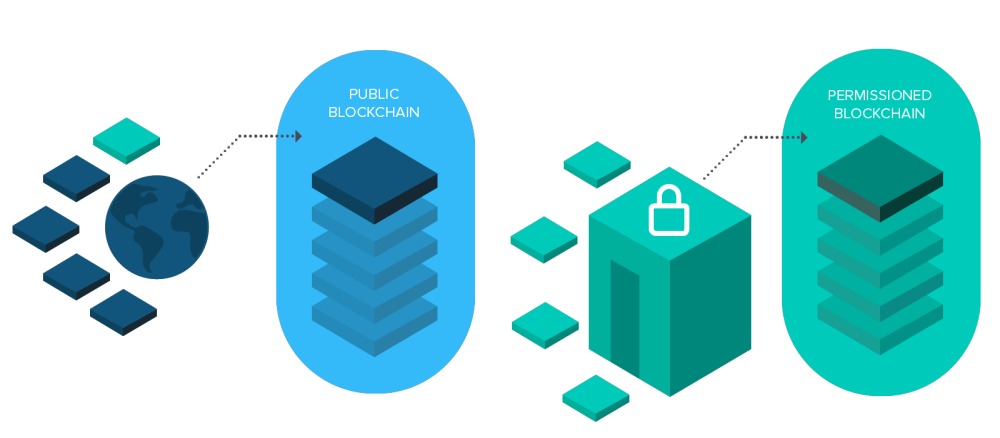The digital age places increased demands on data protection, transaction reliability, and process automation. The key role of blockchain technology is an innovative solution underlying cryptocurrencies, decentralized applications, and various industries where transparency, tamper resistance, and information reliability are crucial. To understand how the principle works, it is necessary to delve into its structure, principles, and real areas of application.
What is blockchain in simple terms?
It is a digital ledger where each record is confirmed by network participants and secured in a chain. Imagine an endless column of records where each new line depends on the previous one. Attempting to change even one element disrupts the entire sequence — that’s why the data cannot be tampered with.
Unlike traditional databases managed by centralized structures, the chain of blocks is based on decentralization. All network participants — from major nodes to regular users — have a copy of the entire transaction history. The absence of a single controlling authority eliminates manipulation and reduces the risks of external interference.
How does blockchain work?
It is important to understand the principles of building the chain. Each operation is recorded in a block. Once a block is filled, it is attached to the previous ones, forming a logical and chronologically structured chain. All network nodes verify the authenticity of new blocks through cryptographic algorithms.
Blocks contain transaction information, timestamps, and the hash of the previous link. Thanks to nodes processing and verifying data, a consensus is reached — the majority’s agreement on the accuracy of the information. This working principle vividly demonstrates that blockchain technology is a system based on transparency, security, and collective data verification.
Transparency and security — the foundation of the network
One of the main reasons for the popularity of a decentralized ledger is its transparency. Any network participant can verify the chain, confirm the authenticity of records, and trace the path of each transaction. This is especially relevant in financial operations, logistics, and government.
Security is guaranteed by cryptographic protection and distributed architecture. Hacking one node does not provide access to information — the system is resilient to most types of attacks. This is why blockchain technology is an effective alternative to centralized databases, where vulnerabilities are often associated with human factors or internal breaches.
Smart contracts in simple terms
When discussing modern tools, smart contracts cannot be overlooked — self-executing algorithms operating within the network. They automatically execute deal conditions: if one action is completed, the next one is triggered. A contract cannot be canceled or altered — it strictly operates according to predefined parameters.
This approach eliminates intermediaries, simplifies legal enforcement, and reduces costs. Unlike traditional contracts, a smart contract does not require third-party confirmation — everything is coded.
Key advantages of distributed data technology
To better understand, let’s highlight the key benefits of a decentralized digital system:
- lack of central control reduces corruption risk;
- protection against counterfeiting and hacking;
- full verification of all transactions;
- reduced operational costs;
- process automation through smart contracts;
- resilience to equipment failures and malfunctions.
Each of these factors confirms that blockchain technology is a tool capable of transforming the approach to interaction in the digital world.
Where is the distributed ledger used?
The application of blockchain is not limited to finance. On the contrary, it is actively expanding into completely unexpected areas. Today, the chain is applied in sectors such as:
- banking and financial services;
- supply chain management and logistics;
- medicine and drug authenticity control;
- government registries and voting;
- digital identity verification;
- copyright management;
- supply chain tracking in retail.
These directions show how deeply blockchain technology is a versatile tool capable of fostering trust among participants, simplifying verification, and eliminating risk factors.
Mining principle and node role
Mining is used to create new blocks — the process of verifying operations by solving complex mathematical tasks. Miners are rewarded for contributing to the network’s operation. Their work ensures the stability, security, and continuity of transactions. Each node stores a copy of the entire chain and participates in verifying new blocks.
Why is the blockchain in demand in supply chains?
One of the promising areas of application is managing logistics routes. In the supply chain sphere, it is crucial to track the origin of goods, delivery times, and compliance with temperature conditions. The blockchain allows recording every stage, from the manufacturer to the consumer, ensuring transparency and control.
By recording, the number of counterfeits decreases, losses are eliminated, and trust in the supplier increases. In the future, blockchain technology is a powerful tool that enhances the efficiency of the entire chain, from the farm to the store.
Advantages and challenges of implementation
It is impossible to ignore the complexities that arise on the path to widespread adoption. Among them are high resource requirements for mining, lack of legal regulation, and the complexity of scaling solutions. However, the benefits offered by blockchain technology include:
- independence from third parties;
- protection against external interference;
- increased transaction speed;
- growing trust in digital channels;
- integration with IoT, Big Data, and AI.
Overcoming barriers will allow maximizing the potential efficiently, including blockchain for beginners — users without technical background.
Blockchain technology — the foundation of the digital future
The growing interest in decentralization and digital ledgers shows that blockchain technology is not a passing fad but a strategic trend. From Bitcoin to international shipments, from voting to smart contracts, the application field expands every year.
Understanding how a decentralized ledger works, its strength, and essence is becoming essential knowledge for companies and individuals. In a world where digital integrity is highly valued, the winner is the one who can guarantee trust — at the code level.
 en
en  de
de  ar
ar  es
es  nl
nl  hi
hi  fr
fr  it
it  pt
pt  el
el 










